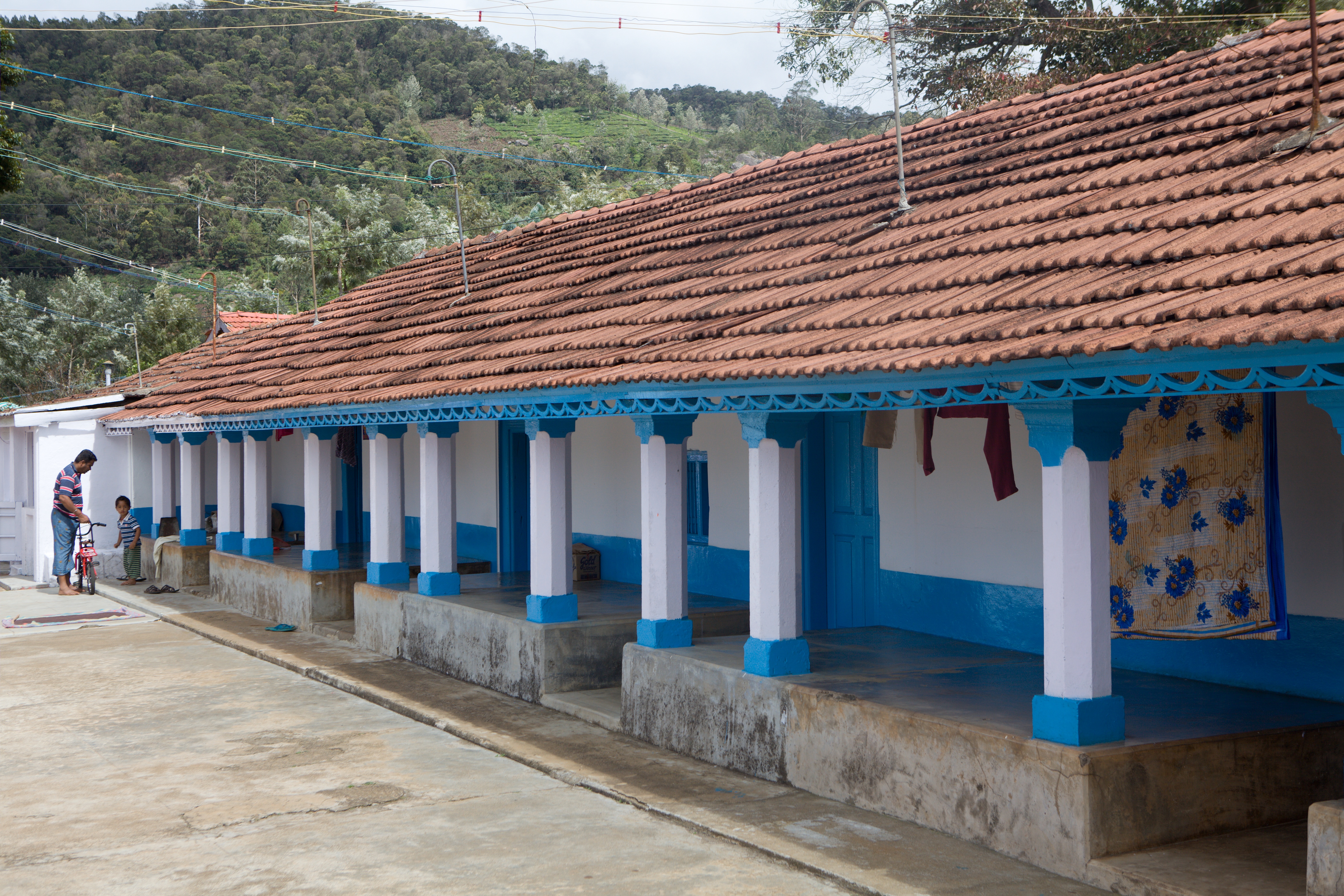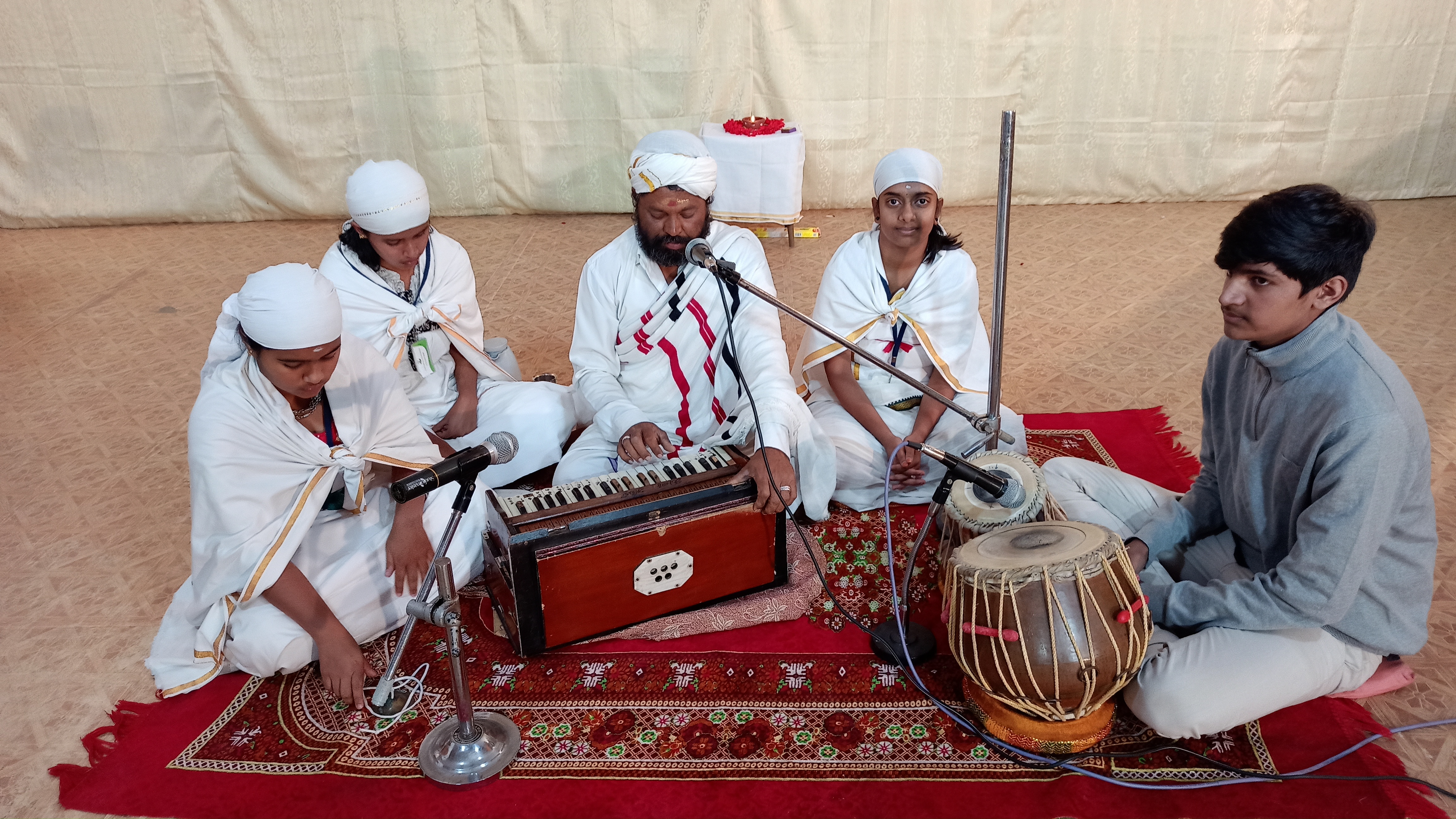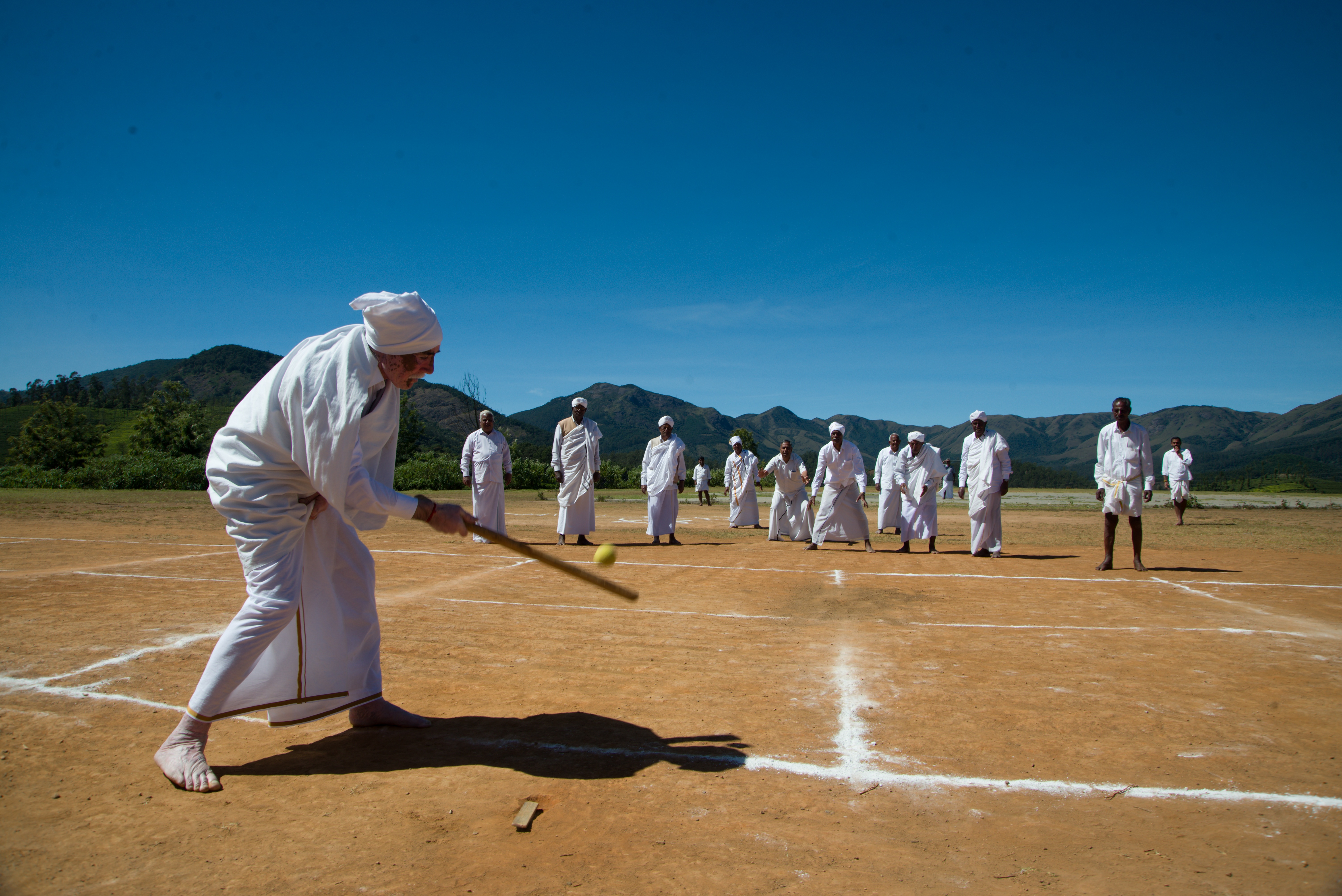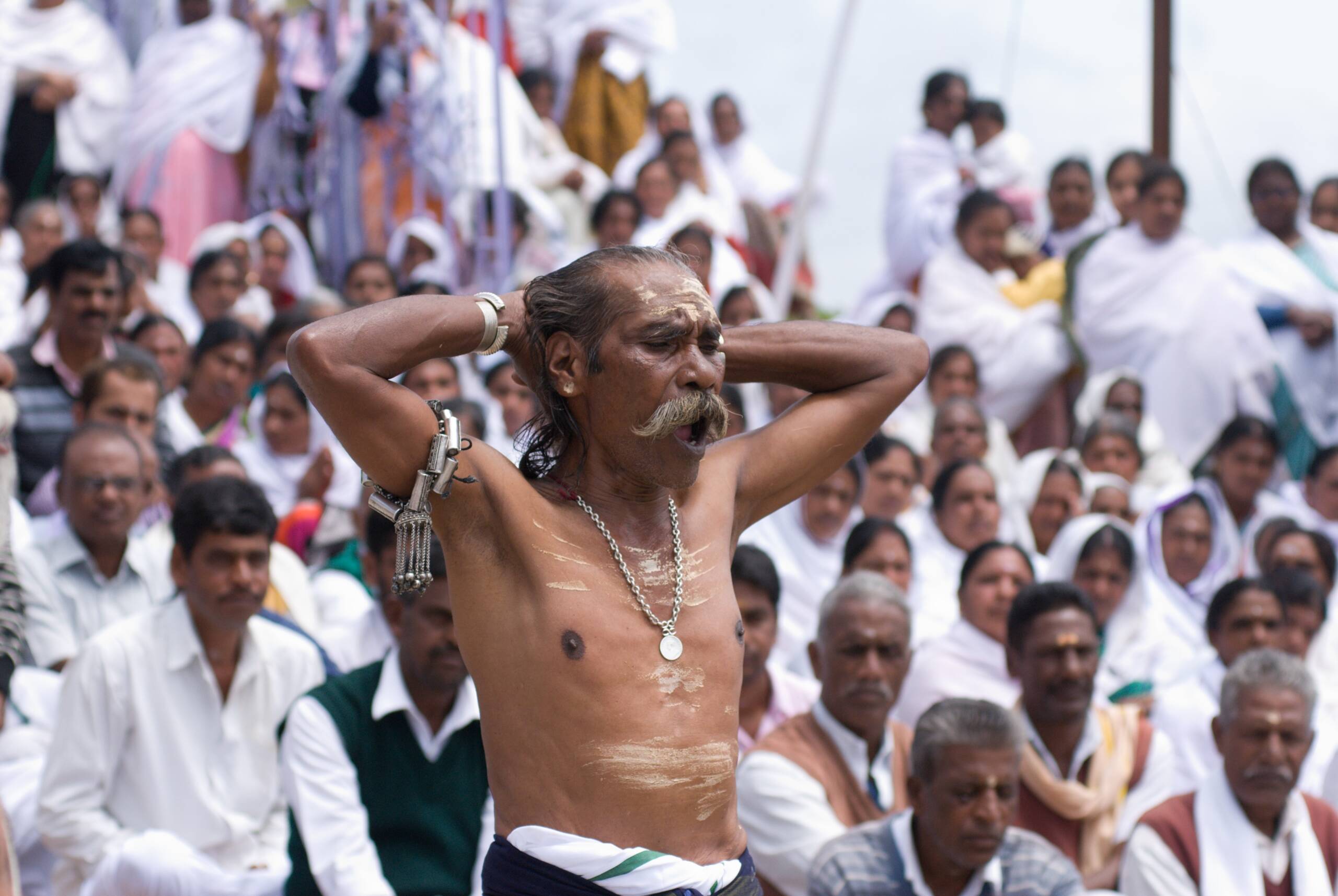
Broad outline of the presentation
Part I
Overview of the Intertribal relationship before 1800
Part II
Land Tenure during pre-British era
Part III
The economic and social implosion during the British era
Part IV
Changes in Badaga Land Tenure during the British era – the Settlement
Part V
The Process and the Products of Settlement
Part VI
Current Issues
- The Nilgiris district has no written history till A.D. 1603, but we have a rich oral tradition.
- Our ballads, dramas and songs give details about our culture and economic and social life.
- We understand that our ancestors had large herds of buffaloes.
- Almost every extended family had a krall (to in Badagu), an enclosure for buffaloes surrounded by a stone fence, roughly circular in form.
- Each hatti had a corresponding Emmatti, a vast stretch of grassland where the buffatoes are taken during lean season every year.
- Thus animal husbandry was a major, perhaps the first occupation of our ancestors.
- We also hear from our dramas and ballads that there was a Maniagar for each village or a group of villages for collection of land revenue. They have to travel to Dhannaikkan Kottai (present day Bhavani Sagar), Ummattur and Sirangipattina (Srirangapattinam) to remit the land revenue.
- This indicates that Badagas were also farmers, and the territory was under the control of Mysore kings before the advent of the British.
- In 1603, Rev. Fr. Giacomo Fenicio(1558 – 1632), visited the Nilgiris to verify whether there were Christians among the tribes.
- “We climbed the mountain and reached the village of the Badegas. It is a village if 150 to 200 souls, called Meleuntao…In this village they have fowls, cows, goats, rice, lentils, mustard seed, garlic, and honey.”
- This is the first-ever written document about Badagas available today. Even though the report is sketchy, it shows that Badagas had long established themselves in the Nilgiris by 1603. This gives a lie to the theory that the Badagas had migrated to the Nilgiris during Tipu Sultan’s period is false.
For the next two hundred years also, we don’t have any written references to the Badagas.
In 1799 Tipu Sultan was defeated by the British. The Nilgiris, which was hitherto a part of Tipu’s kingdom, comes under the control of the British and they attach it with Coimbatore district.

- Until then, the Nilgiris was inhabited by the tribes and but for an occasional visitor, there were no outsiders. Low population and slack supervision ensured that the Badagas, the only cultivating tribe, had unlimited access to the vast expanse of land at a very nominal rate.
- Till the British came, Badagas were following Shifting cultivation (called Bhurthy in Badaga). Even though they were in possession of a large extent of land, they paid land revenue only for the area cultivated by them during the year.
- They also could retain land roughly equivalent to one fourth of the land under their control for grazing purposes, at a nominal fee. But by and large, there was no proper measurement of the land and the precise determination of their land revenue.

Before the advent of the British, the five tribes of the Nilgiris has economic and cultural exchanges:
THE FIVE TRIBES OF THE NILGIRI HILLS.
- rulas.
- Badagas.
- Todas.
- Kotas.
- Kurumbas.
For many centuries the tribes of the Nilgiri Hills in South India were isolated from the people of the plains below. The steepness of the hills and the climate of the plateau discouraged any extensive contacts with the Hindus of the lowlands. So the tribes formed a social enclave which was geographically close to Hindu life but culturally remote from it. Thẻ Nilgiri folk lived in economic and social symbiosis, the Todas being pastoral people, the Badagas agriculturalists, the Kotas artisans, the Kurumbas food gatherers and sorcerers.
–There were not only exchange of goods (barter) but also cultural exchanges. This “symbiosis” will change for ever after the advent of the British.

Rough Survey by Captain Ward
- Nothing happens between 1799 and 2021, except the visit by a few officials.
- Captain B.S. Ward, Deputy Surveyor General, who was entrusted with the work of surveying the area gives his report in 1821.
- “It is divided into three Nauds, viz., Parunganaud, Maikanaud, and Divisions and the Thodawanaud, and contains 160 hamlets with a population of above 4,000 souls” (Kundha went to Malabar in 1820; back with Coimbatore in 1860).
- “The hill hamlets are in general small, composed of from two to twenty houses, arranged in one or two lines, sometimes forming a street; they are built of mud and covered with thatch”
- The most extensive tracts are cultivated by the Badagas.
Each division has its Cotter village - The chief productions are corally, gunje, a species of barley, shamay, buttacudla, field peas, poppy, the seeds of greens, and wheat ; also
garlic, onions, mustard, vendiem or fenugrick ; the marshes yield
spontaneously vussumbu, or the sweet-scented flag-root, in certain
situations ; honey and bees’-wax is collected from the exterior rocky
precipices and from the hollows of trees. - The agricultural instruments in use here are precisely the same
rude machines seen in the low country ; the plough, &c., are all constructed by the Cotters. - The domestic animals seen on the hills are herds of black cattle and buffaloes.
Sullivan’s Expedition to the Nilgiris
- In 1819, John Sullivan, Collector of Coimbatore, set out to explore the Nilgiristo verify the fabulous tales that are circulated concerning the Blue Mountains.
- He set out on his mission on 2 January 1819. After an expedition that lasted for six days and the loss of the lives of some of the expedition members, Sullivan finally reached a plateau from where he proudly hoisted the British flag. After touring the area in 1819, John Sullivan began a personal campaign to persuade the government of Madras that the location’s “unusually temperate and healthy” climate made it ideal as a “resort of invalids,” primarily soldiers. It was accepted by the Government.
- Independently, Sullivan and other officials from neighbouring districts established summer residences at Ootacamund, in the heart of the Nilgiris. This nascent community soon attracted a stream of visitors in search of health, comfort and leisure.
- He was the first to introduce horticulture in the Nilgiris. Potato, barley and other “English” agricultural products are some of the crops he introduced.
- In 1822, John Sullivan, began construction of his residence, called the ‘Stonehouse‘, on property he had purchased from the Todas. His wife, who had the distinction of being the first European woman in the Nilgiris, moved into the house in 1823 along with his infant son and others who made Ooty their abode including Sir Thomas Munro, the governor of Madras, who stayed at Ootacamund.
- The Ooty Lake was created between 1823 and 1825 by Sullivan as a source of irrigation.
